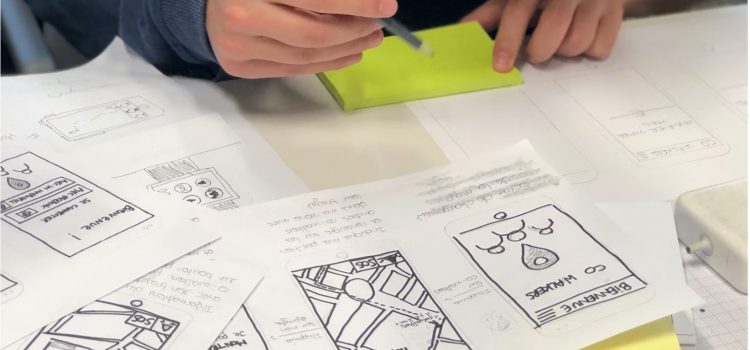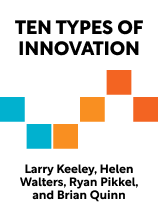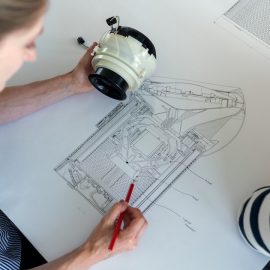

This article is an excerpt from the Shortform book guide to "Ten Types of Innovation" by Larry Keeley, Helen Walters, Ryan Pikkel, and Brian Quinn. Shortform has the world's best summaries and analyses of books you should be reading.
Like this article? Sign up for a free trial here.
Why are innovation prototypes important for new projects? How should you test your products before putting them on the shelves?
Innovation projects often fail when they focus on solving problems that customers don’t care about, and they implement solutions that work well on paper, but not in practice. This is why you need prototypes to test out what works and what doesn’t for customers.
Find out why innovation prototypes are important and how to use them, according to Ten Types of Innovation.
Iterate on Prototypes
To make sure you’re working on the right problem and developing a truly practical solution, the authors advise you to build and test innovation prototypes—not just of your core product, but of every type of innovation that you hope to implement. For example, if you’ve come up with a novel revenue stream and a relational innovation, try building a “prototype” of these by diagramming how they would work or testing them on a small scale.
Prototypes mitigate risk in an innovation project by allowing you to test your assumptions about how things will work and what customers will like. The authors say your first prototypes should be extremely low-cost models that you can put together with minimal effort. He recommends starting with “paper prototypes.” A paper prototype might be a sketch illustrating the flow of information, value, and material between different parties, or a written story describing day-to-day operations with your proposed solution in place.
Refine your solution as much as you can based on what you learn from your first prototypes. Then build a set of slightly more refined prototypes and repeat the process. For the second round, you might use simple mathematical models or video animations instead of sketches and stories. Continue to iterate until you get close to a final solution that you can roll out with confidence.
Experiment on Users With Minimum Viable Products
In The Lean Startup, Eric Ries elaborates on how you can validate the direction of your innovation project by observing users and building prototypes. Based on what you know (or think you know) about customers’ needs, demographics, market data, and so forth, come up with a testable hypothesis, like “20% of women over 50 would be interested in [my new product] at a price of $75,” or “A product with [this feature] would reduce the time it takes a mechanic to repair [this automotive problem] by an average of 3 hours.”
Then test your hypothesis by launching a “Minimum Viable Product”, or MVP, and observing how users interact with it. Your MVP is a prototype that provides everything you’ll need to test your hypothesis without any additional features that add time or expense.
For example, one type of MVP Ries describes is a video showing off your product and how it works. If you don’t have a working prototype to record video of, use artwork or computer-generated graphics to show how the product will work.
Even if you need a fully functional prototype to test your hypothesis, Ries says your MVP could implement it on a very small scale: Instead of rolling out a service to thousands or millions of users right away, start with just one customer and make sure your service meets her needs before determine how to scale up.
You can also build MVPs that appear to be fully functional from the user’s perspective, even though behind the scenes you’re performing functions manually that the final product would have to perform automatically. Using this kind of MVP helps you understand what the product actually needs to do to provide value to customers before you invest in developing technology or infrastructure to meet those needs.
By using MVPs to test your hypotheses about how users will react to a product and how it will solve their problems, you can validate early on that your innovation project is headed in the right direction.

———End of Preview———
Like what you just read? Read the rest of the world's best book summary and analysis of Larry Keeley, Helen Walters, Ryan Pikkel, and Brian Quinn's "Ten Types of Innovation" at Shortform.
Here's what you'll find in our full Ten Types of Innovation summary:
- Why the overwhelming majority of innovation projects fail
- The ten different types of innovation, and which kind to apply to which project
- How to overcome the most common obstacles to innovation projects






